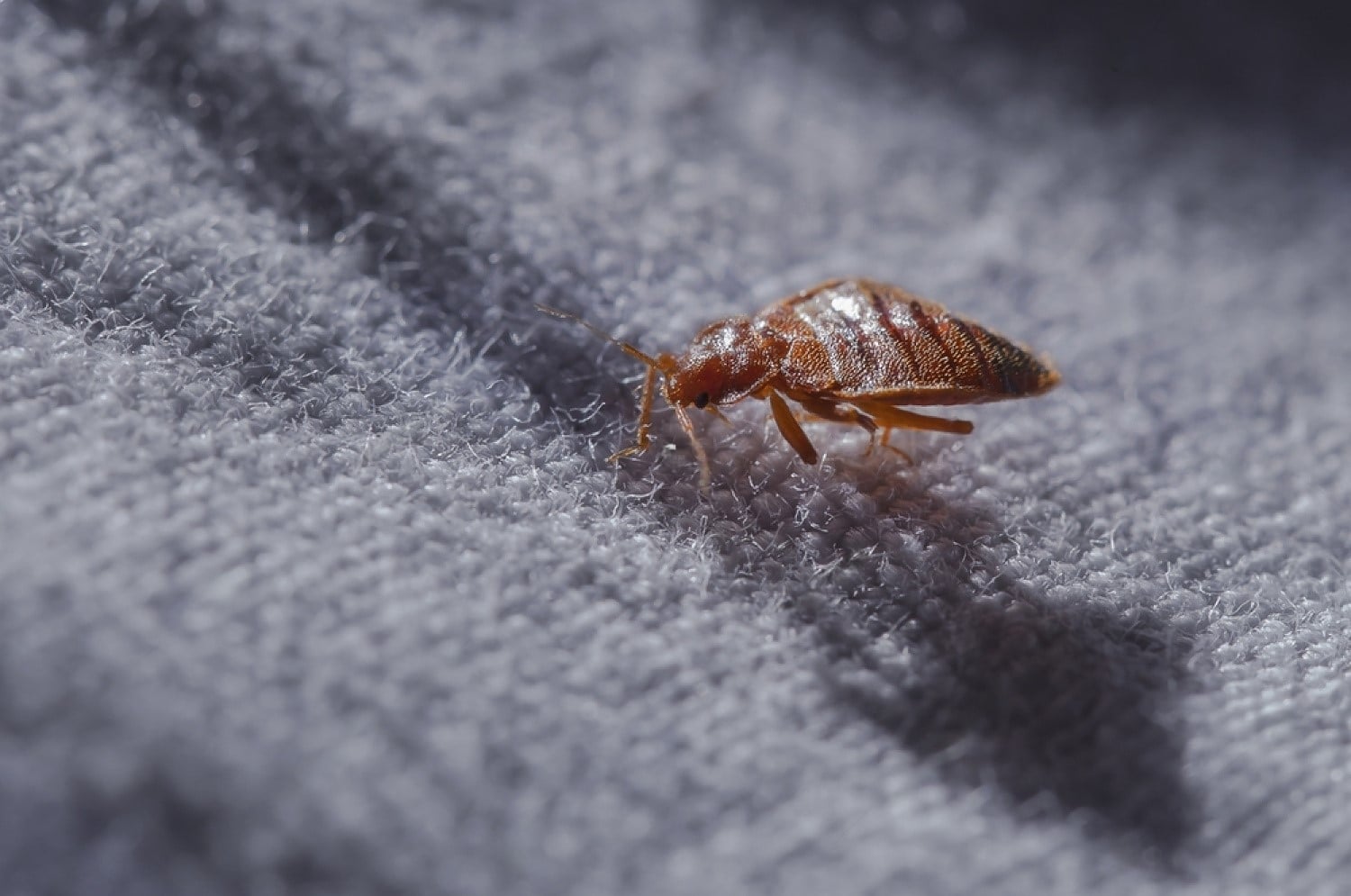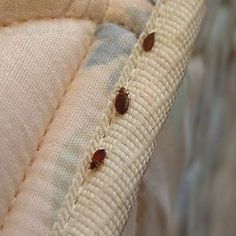A1 Bed Bug Exterminator Houston: Quick Removal Solutions
Wiki Article
Recognizing the Lifecycle of Insects for Targeted Control Methods
Comprehending the lifecycle of pests is a fundamental element of effective pest administration techniques. Via a deeper understanding of just how parasites grow and progress, customized control techniques can be made to deal with particular points in their lifecycle, inevitably leading to even more effective parasite monitoring end results.Significance of Comprehending Pest Lifecycle
Recognizing the lifecycle of bugs is vital for developing efficient and targeted control strategies in insect monitoring. By understanding the different stages a bug goes with from egg to grownup, insect control professionals can determine vulnerable points in the lifecycle where treatment can be most effective. Understanding when larvae are most active can help determine the optimal timing for using larvicides. Additionally, understanding the life-span of an insect species can assist in anticipating populace development patterns and possible problem risks.Furthermore, identifying the certain environmental problems essential for every stage of the insect's lifecycle can direct choices on environment alteration or exclusion approaches to decrease and interfere with the lifecycle parasite populations. This knowledge makes it possible for pest monitoring experts to execute proactive steps rather than relying exclusively on reactive therapies, causing more sustainable and long-term bug control options. Eventually, a detailed understanding of bug lifecycles equips parasite control professionals to tailor their techniques effectively, making best use of and minimizing ecological effects control results.
Trick Stages in Parasite Advancement
To efficiently apply targeted control approaches in insect monitoring, an essential element hinges on comprehensively identifying and comprehending the vital stages in bug growth. Pest advancement normally is composed of several essential stages that are vital for their lifecycle and monitoring. The initial stage is the egg stage, where pests lay eggs that later hatch into larvae. Larvae then progress into pupae, a stage where they go through transformation prior to becoming grown-up bugs. Recognizing these phases is important as it helps in identifying prone factors in the lifecycle where control procedures can be most efficient.

Susceptabilities in Insect Lifecycle
Throughout the different stages of a bug's lifecycle, unique susceptabilities arise that can be purposefully targeted for reliable control steps (A1 Bed Bug treatment houston). One essential vulnerability exists in the egg stage, where pests are commonly extra at risk to certain insecticides or organic control agents due to their soft external shell, making them easier targets for intervention. Recognizing these susceptabilities in the insect lifecycle is essential for creating exact and efficient control techniques that properly handle pest populaces while minimizing ecological impact.Applying Targeted Control Steps

Applying targeted control steps typically includes a multi-faceted approach. This may consist of habitat alteration to make the environment much less congenial to pests, such as getting rid of standing water for mosquito control or securing entry factors for rodents. Furthermore, biological control approaches can be used, where all-natural predators or virus are introduced to maintain pest populations in check.
Integrated Bug Administration (IPM) techniques that combine various control measures in a worked with and lasting way are commonly the most reliable in accomplishing long-lasting pest management objectives. By carrying out targeted control steps based on an extensive understanding of pest lifecycles, pest populaces can be successfully managed while minimizing risks to human wellness and the atmosphere.
Improved Pest Monitoring Practices
:max_bytes(150000):strip_icc()/Bed-bug-control-tips-and-tricks-2656377-e580f433c55a4a98826e429753062084.jpg)
In addition, the incorporation of biological control representatives, such as natural predators or virus of pests, can help in reducing dependence on chemical pesticides and promote a much more well balanced community. Applying physical obstacles blog here and traps can likewise be you could try this out component of boosted pest administration techniques, offering non-toxic and targeted services for bug control. In addition, using pheromones and other semiochemicals can interrupt pest breeding patterns and communication, causing lowered parasite populations in time.
Final Thought
Finally, recognizing the lifecycle of parasites is essential for efficient insect administration methods. By determining essential stages in insect advancement and vulnerabilities in their lifecycle, targeted control procedures can be carried out to lessen bug populaces. Improved insect administration methods can help in reducing the reliance on broad-spectrum pesticides and advertise more lasting and eco pleasant insect control methods. This knowledge plays a vital duty in keeping healthy ecological communities and farming performance.Recognizing the lifecycle of insects is important for developing effective and targeted control techniques in bug administration. By understanding the various stages a parasite goes with from egg to grownup, insect control specialists can determine vulnerable factors in the lifecycle where intervention can be most effective. Ultimately, a thorough understanding of bug lifecycles empowers bug control practitioners to tailor their strategies successfully, minimizing environmental influences and maximizing control outcomes.
By carrying out targeted control actions based on an extensive understanding of parasite lifecycles, pest populations can be the original source properly controlled while reducing threats to human health and the atmosphere.
By determining vital stages in insect advancement and susceptabilities in their lifecycle, targeted control measures can be implemented to reduce bug populaces.
Report this wiki page